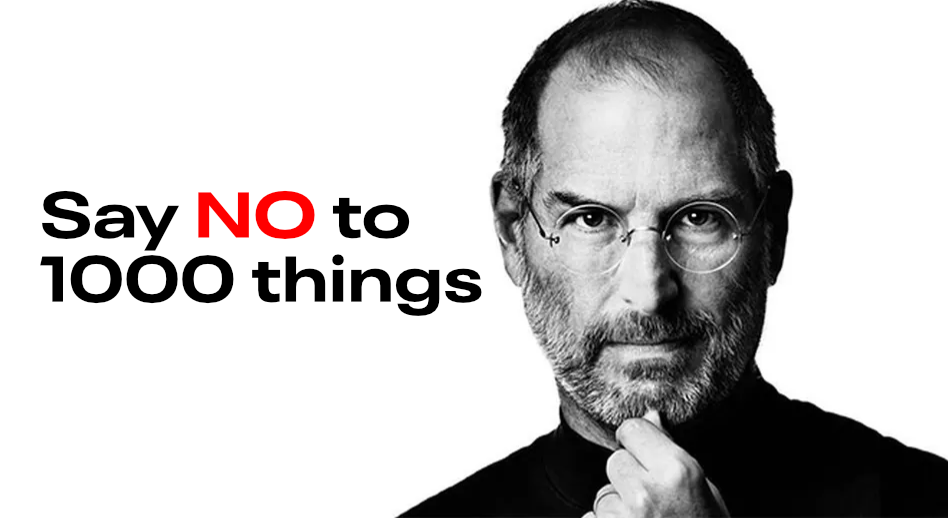A couple of weeks ago I wrote about giving and receiving feedback in a work environment. A common technique for providing feedback is using the Sandwich technique, but I don’t really like it. In this post I’m sharing my thoughts on it, and propose an alternative.
What is the sandwich technique?
I enjoy a definition from this paper: “inserts criticism between two positive remarks”.
I understand why managers and Individual contributors may like it. As a manager, it’s easy to start a conversation with positive remarks so reports will be more open to feedback later on. As an individual contributor, hearing some positive feedback over my work makes me feel good and I may be more open to negative feedback later in the conversation: who doesn't like to hear compliments?
What’s wrong with the sandwich technique?

I value clear and direct communication when it comes to work relationships. I assume that part of my job is making mistakes and acting on them, so it should not be dramatic to talk about things that don’t work out or highlight things that I’m doing well.
Trying to hide criticism behind a positive remark makes me wonder if you’re treating me like a grownup who can assume their responsibility. I also think that adding more ideas into a conversation like positive remarks distract the conversation from its key goal: to provide the feedback and come up with an action plan.
What is a good alternative? "FEN technique"

I’ve been using this alternative approach to provide feedback for almost two years. It came out of a conversation with Nick Popoff on a 1:1.
Nick suggested that it is more effective to focus your feedback on facts, rather than on subjective thoughts, and anchor the conversation around past experiences that clearly exemplify the things to improve. I come up with the FEN technique (Facts, Example, Next steps)
- Facts: Focus on a certain behaviour from the other person and how it affects you. Try to get away from criticizing aspects of their personality and assume good intentions, because you may be missing some context.
-
Example: Describe clear experiences from the past where the other person showed the behavior that you want to improve. Examples help frame your concerns and anchor the conversation around a given point of time. > At yesterday's meeting, you made a couple of comments about W that made me feel Y, Z.
-
Next Steps: Ask kindly if they can correct the attitude or stop doing it, and collaborate towards the end goal.
What are your thoughts over the sandwich technique? Which framework do you use to provide feedback? Send me a tweet or an email









